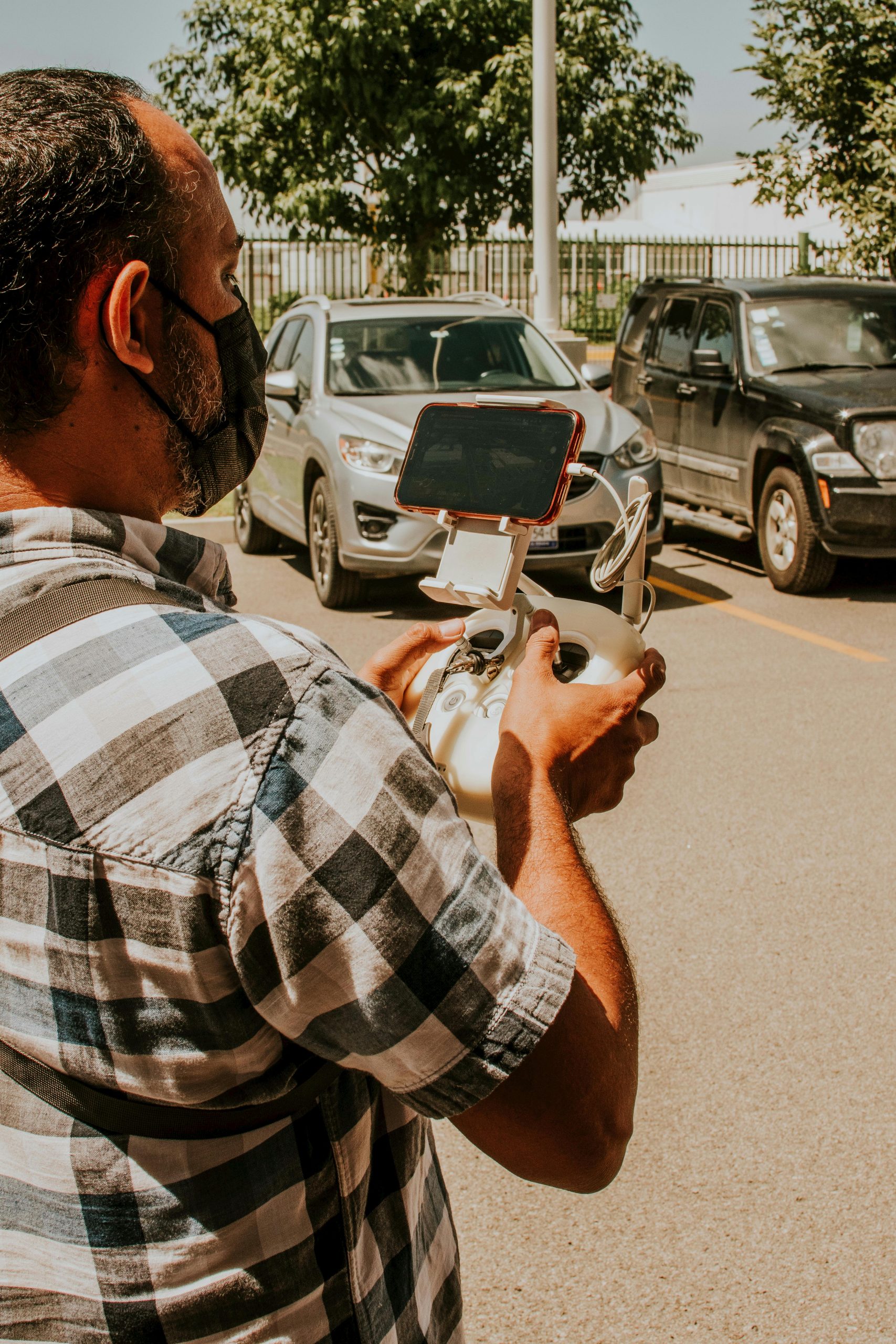For decades, flying cars and personal drones have been staples of science fiction, promising a future where traffic jams are a thing of the past and the skies are filled with personal aircraft. But how close are we to making this vision a reality? Advances in technology, regulatory frameworks, and consumer interest are bringing us closer than ever to a new era of transportation. In this article, we explore the current state of flying cars and personal drones, the challenges they face, and what the future might hold.
The Evolution of Flying Cars
The concept of flying cars isn’t new—early prototypes date back to the 1940s. However, recent advancements in electric propulsion, lightweight materials, and autonomous systems have reignited interest in this futuristic mode of transport. Companies like Toyota, Uber, and startups such as Terrafugia and PAL-V are actively developing vehicles that can both drive on roads and take to the skies.
Current Models in Development
- Terrafugia Transition: A road-legal car with foldable wings that can convert into a light aircraft.
- PAL-V Liberty: A gyrocopter-car hybrid designed for personal use, with a limited production run expected soon.
- Uber Air: An ambitious urban air mobility project aiming to deploy electric vertical takeoff and landing (eVTOL) vehicles for ride-sharing by 2025.
While these innovations are exciting, significant hurdles remain, including safety concerns, high costs, and the need for specialized infrastructure like vertiports.
Personal Drones: From Hobby to Transportation
Drones have evolved from military tools and hobbyist gadgets to potential personal transport solutions. Companies like EHang and Volocopter are pioneering autonomous passenger drones, offering a glimpse into a future where short-distance air travel is accessible to the public.
Key Developments in Passenger Drones
- EHang 216: A two-seater autonomous aerial vehicle (AAV) already undergoing test flights in cities like Guangzhou, China.
- Volocopter 2X: An electric multicopter designed for urban air mobility, with successful test flights in Dubai and Singapore.
Despite progress, challenges such as battery life, noise pollution, and public acceptance must be addressed before personal drones become mainstream.
Regulatory and Safety Challenges
One of the biggest obstacles to flying cars and personal drones is regulation. Aviation authorities worldwide are grappling with how to integrate these vehicles into existing airspace without compromising safety.
Key Regulatory Considerations
- Air Traffic Management: How will low-altitude airspace handle thousands of additional vehicles?
- Pilot Licensing: Will operators need specialized training, or will autonomy eliminate the need for human pilots?
- Safety Standards: What measures will ensure these vehicles are as safe as traditional cars and planes?
Countries like the U.S. and Japan are leading the way with experimental permits and pilot programs, but global standardization is still years away.
The Future of Urban Air Mobility
Experts predict that by 2030, urban air mobility (UAM) could become a viable alternative for congested cities. The rise of electric propulsion and AI-driven navigation systems could make flying cars and drones more efficient and affordable.
Potential Benefits
- Reduced Traffic: Alleviating ground congestion by utilizing airspace.
- Faster Commutes: Cutting travel time significantly for urban and suburban routes.
- Environmental Impact: Electric models could reduce carbon emissions compared to traditional vehicles.
However, widespread adoption will depend on public trust, infrastructure investment, and continued technological refinement.
Conclusion
Flying cars and personal drones are no longer just the stuff of dreams—they are inching closer to reality. While significant challenges remain, the rapid pace of innovation suggests that the future of transportation may indeed take to the skies sooner than we think. Whether for personal use or urban mobility solutions, these technologies have the potential to revolutionize how we move, offering faster, cleaner, and more efficient alternatives to traditional methods. The question isn’t if but when they will become a common sight in our daily lives.
